When researchers try to measure the future development of a particular technology, most rely on quantitative changes. Regarding the Internet of Things (IoT), people like to see the statistical growth of devices connected to the Internet, which has been impressive.
The total number of IoT connected devices will reach 21.5 billion by 2025 compared to only 9.9 billion active connections in 2020. However, when speaking about technology evolution, it is worth considering qualitative changes, the appearance of new applications, and finding solutions to problems that currently limit its usage.
By all these measures, the future of IoT is potentially limitless. Combined with Artificial Intelligence, Machine Learning, and Big Data Analysis, it opens enormous directions for making fantastic ideas come true. Let’s spill the beans of the foreseeable future with IoT.
How Does It All Work?
The Internet of Things technology allows devices to interact without human effort, using the Internet as a data exchange environment. The IoT scheme looks pretty clear when we put technical details aside:
Devices (or sensors) send various data to the cloud.
Once received, this information is processed by software.
The software pushes devices to perform specific actions based on the data processing results.
For example, a house sensor sends data about the temperature inside. If it gets warmer than the preset temperature limit, a program remotely turns on the air conditioner to support the desired temperature.
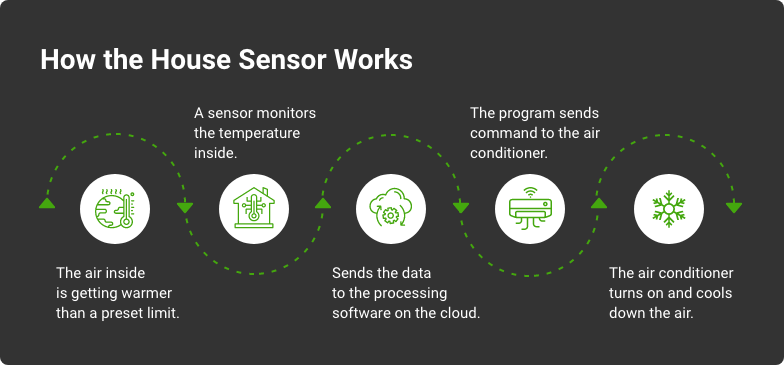
How the House Sensor Works
The devices (or sensors on them) connect to the cloud through multiple methods like WiFi, Bluetooth, satellite, cellular, low-power wide-area networks (LPWAN), or the Internet. The most popular and universal way is obviously the Internet.
The initial purpose of IoT is automation in all possible meanings. Besides minimizing the human effort for performing various tasks and smarter resource consumption, it also helps accelerate processes and reduce the mistakes caused by the human factor.
Would you like to bring the latest innovations into your project? Gain expert support for building your IoT ecosystem.
Contact UsIoT technology has found multiple applications in various spheres, and it will continue to evolve in the next few years. By bringing significant benefits for almost every type of business and human activity, the internet of things has become one of the leading engines for technological progress. Here are the latest trends of IoT development for 2021.
1. Smart Homes: Healthier, Greener, More Comfortable
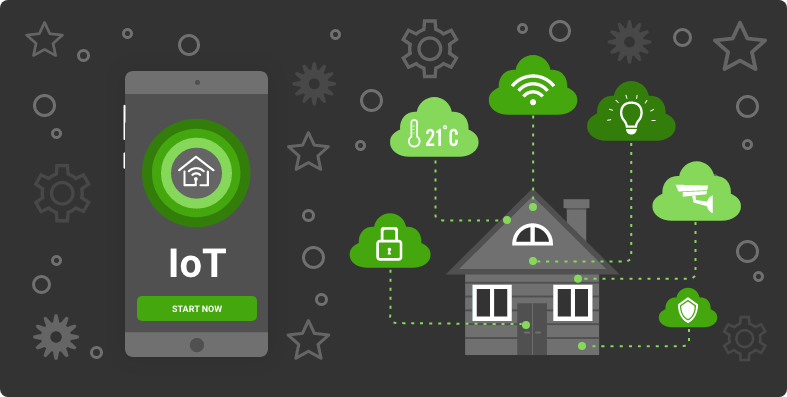
Imagine that everything in your home is automatically OK. The air temperature and humidity are just right, the coffee never ends suddenly, your bath is filled right by the time you return. Most of these functions are already available today. And there is more to come. Recent ABI Research states the expected smart home market will increase to $317.6 billion by 2026. And here are the major smart home trends for the next decade.
Smart homes for improving health
We are what we breathe and eat. The home environment will become healthier for its dwellers filled with integrated appliances. Tacking the air quality, regulating the CO2 level, humidity, controlling dust is vital, especially for city areas. Microclimate systems will also adjust the temperature according to the season, time of the day, and personal dweller’s activities. The next-gen fridges will monitor the food freshness and check the products for spoilage.
Within the recent boom in telemedicine, in-home healthcare technologies have more significant potential for development. For example, people with chronic disorders will be able to control their brain activity, heart rate, and other vitals using wearable sensors. Based on the dynamics, the doctors would correct drug dosage and assign required procedures remotely.
Greener operation
Environment-friendly homes get more power within ERP-type home management systems and AI-based software. They aim to minimize energy usage and carbon emissions through smart waste management and goods consumption. Your smart home of the future won’t spend energy on unnecessary things.
The cooperative home
This concept is currently under pilot studies. However, it is expected to become available commercially by 2026. The idea is to combine smart homes into a network that helps to use, manage, and share resources minimizing waste. Within five years, we are going to have not only smart homes but also smart neighborhoods.
Working from home
The pandemic forced most of the world to work from home, and it will reflect on the future of the Internet of Things. Running a business from home will become much more efficient with 5G adoption, high-speed Internet support, augmented reality, and ultra-fast data streaming. IoT will make it possible to perform computer-based activities, manage manufacturing, control logistics, and perform many other operations. The major problem of IoT for working from home is security. The typical environment for data exchange causes potential threats to data privacy. IoT solutions are going to improve data protection mechanisms in the next few years.
2. Smart Cities
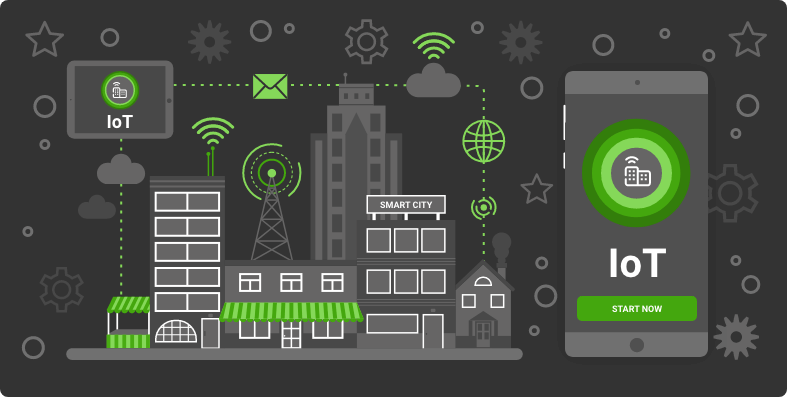
A smart city is an ICT framework (Information and Communication Technologies) created to address various urbanization challenges. Connected objects and devices interact with each other inside this framework wirelessly, exchanging data via the cloud. Real-time data from connected smartphones, cars, homes are processed to help citizens make better decisions, increase comfort, and reduce costs and resource consumption.
An IoT-based smart city ecosystem allows:
Leveraging trash collection
Optimizing the distribution of energy
Improving air quality
Minimizing traffic congestion
Decreasing parking issues
Improving resident security
For instance, connected traffic lights can automatically change light timing and cadence based on real-time traffic situations to reduce jams in busy directions. Connected cars can communicate with parking zones to prompt a driver where the nearest available spot is—the same way electric vehicles can be directed to the nearest charging dock.
During the pandemic, IoT helped to provide and control required social distancing and health monitoring. These practices will help to cope with future public issues to ensure our lives' safety and comfort.
3. Industrial Internet of Things (IIoT)

The pandemic accelerated the development of IIoT. By the end of 2021, investments in this sphere are going to reach $123.9 billion. The leading areas for IIoT adoption are supply chain management and logistics. However, more applications are emerging.
Modern IIoT applications already can:
Track inventory in real-time
Monitor the downtime
Digitize the bill of lading
Control yields
The next step in automation through IoT for the industry is predictive maintenance. Using the data collected from machinery by sensors will allow us to foresee the required maintenance and react quicker to production interruption due to breakages. Eliminating potential issues before they occur will significantly reduce downtime for industrial machines, leading to lower financial losses for manufacturers. Heavy machinery, robotics, and software-controlled production processes are going to reach higher-level automation and remote control.
One of the most significant industrial applications of IoT is digital twins. It is a virtual representation of a system, object, or process with full replication of real-life operation. The idea is not new. It was first conceptualized in 2002. However, the IoT approach has significantly transformed and enriched the initial concept. Analyzing and visualizing information from connected sensors gives a complete view of the performance and reveals potential problems before affecting the system’s or object’s operation. Also, digital twins provide the ability for more precise and less costly studies.
The digital twin market is expected to grow up to $73.245 billion in revenue by 2030.
4. Healthcare IoT

Another logical consequence of pandemic is developing healthcare technologies for smarter patient care with less human effort. The analytic capabilities of IoT in the future will result in:
More personalized treatment and care
Faster response time in critical patient cases
Robot surgeons for various surgical procedures
Better control over the spread of infections and viruses
Automated chronic disease treatment correction
Remote home control for seniors
Wearable technology is another force for progress in healthcare IoT. Wearable sensors and the ability to treat and monitor patients remotely allow a significant decrease in resources needed for high-quality healthcare.
The IoT has already entered the healthcare field. Today IoT-based thermal scanners are already widely used in airports and other public places to monitor potential virus carriers. With automated temperature checks, a person can be timely transferred to a hospital or self-isolated in the earliest stages of the disease.
5. Aerospace IoT
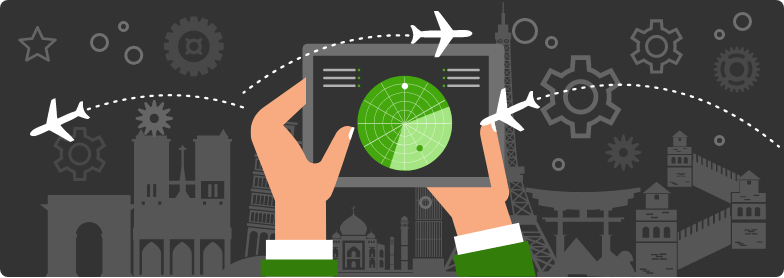
One of the biggest problems in the aerospace industry is manufacturing delays. Airplane manufacturers regularly risk their reputation by delaying order delivery for up to 3 years. The reason is operational inefficiencies and the complexity of production programs that hardly adapt to any changes. It is the #1 problem that IoT is going to solve in the industry in multiple ways:
Advanced IoT analytics help to detect and measure inefficiencies. One of the most significant issues is delays due to parts and material shortages caused by supply chain miscalculations. IoT-solutions provide extensive supply chain visibility and management to reduce such delays.
IoT sensors to improve performance. Any aerospace company aims to reduce the cost, time, and labor required to organize regular, efficient maintenance and minimize the time aircraft are grounded.Robust IoT sensors collect data from all possible angles with further ‘almost’ real-time processing. It allows companies to significantly cut costs and fix the issues as soon as they appear. It leads to no delays, better service, cheaper maintenance, and higher profits.
IoT analytics increase flight predictability and reveal potential problems before flights. Collecting and analyzing data during maintenance concerns will perfect parts manufacturing and reduce breakages and other future issues.
The role of aerospace Internet of Things in the future science is enormous. It will bring invaluable statistics and analyzing methods to perfect modern aircraft and create new flying machines for airspace development.
6. Automotive IoT
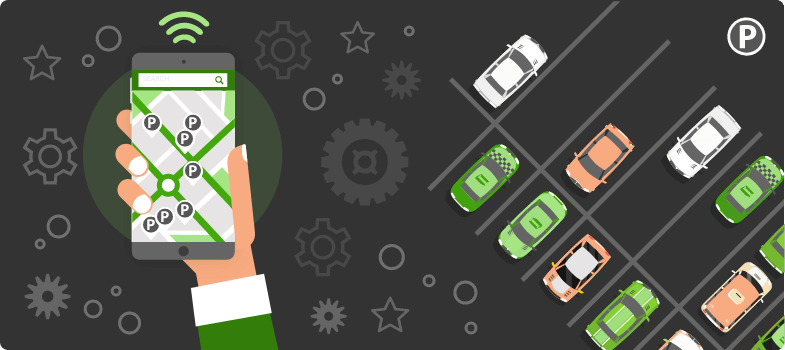
Traditionally IoT is associated with driverless cars. However, autonomous driving is just one of the IoT applications in the automotive industry. Vehicles connected to the Internet provide many more capabilities for the automotive IoT future. Currently, the industry leaders develop systems for:
Real-time vehicle navigation. Saying ‘real’ here, we mean REAL-time with extensive information regarding traffic, surroundings, road issues, generating the optimum routes ‘on-the-go,’ etc.
Traffic management and automatic toll collection: there is no need to stop to pay. Everything is done automatically.
Car anti-theft and security system. The next-gen security sensors will track any vibrations and movements not typical for a car owner with timely alarming and proper car blocking mechanisms.
Pollution and noise monitoring system to ensure traffic is not too noisy or dirty for the environment.
IoT-based event data recorder. Black box technology with IoT on board will help investigate road accidents and collect data for vehicle manufacturers regarding breakdowns and other technical problems.
By 2025, 100% of cars for sale will be connected to the Internet, and more than 500 million connected vehicles will be on the road. This doesn’t mean that all traffic will be driverless, as many of us think. It means better comfort, higher security, greener driving, and more automated features on board.
Final Thoughts
The future of IoT has no potential limits. It is a universal technology that can be adapted into any sphere of economy and life. While there are still lots of ‘blind spots,’ it is a perfect time to enter the IoT market with your unique solutions. It is also the right moment to improve your current products, services, or business operations using IoT technology.
At KeyUA, we are excited to assist in developing IoT ecosystems for commercial and research projects. Our experts are eager to contribute to this technology adoption and accelerate its massive deployment. The future starts today, so let’s keep pace with technological progress together!
Would you like to know how the Internet of Things technology can improve your project? Let’s discuss all the ins and outs of its implementation.
Contact Us


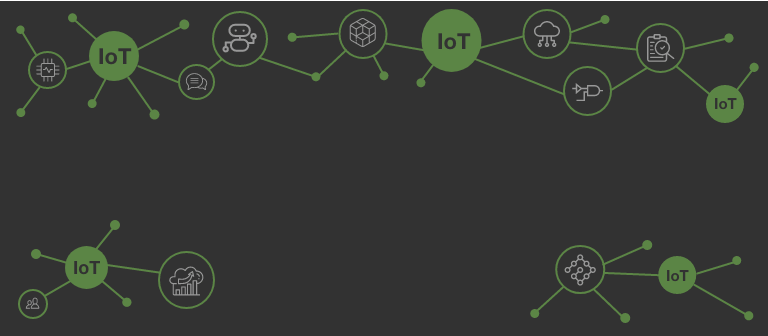
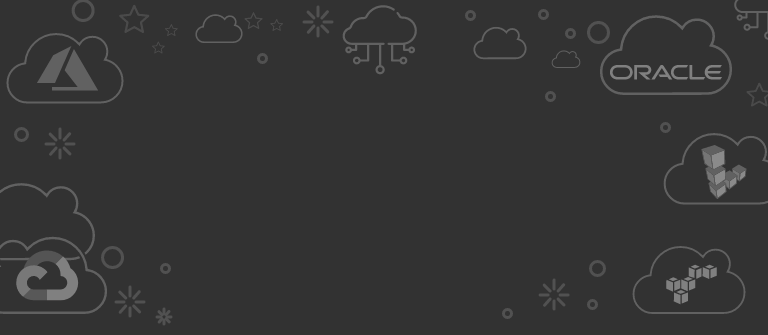
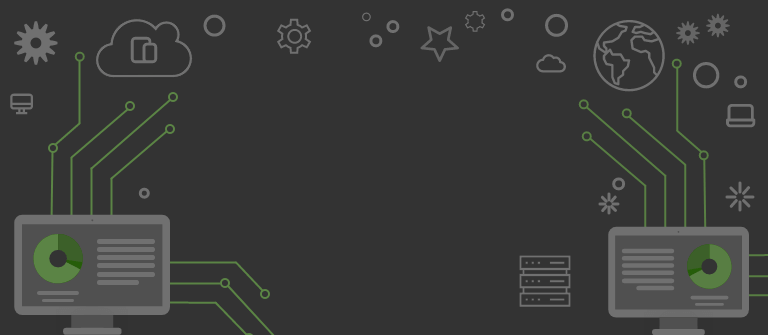
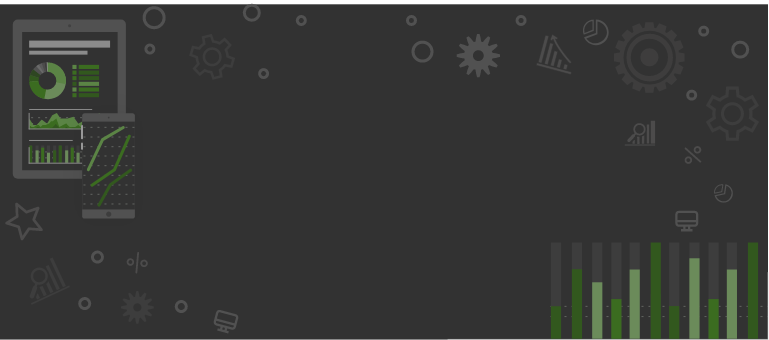
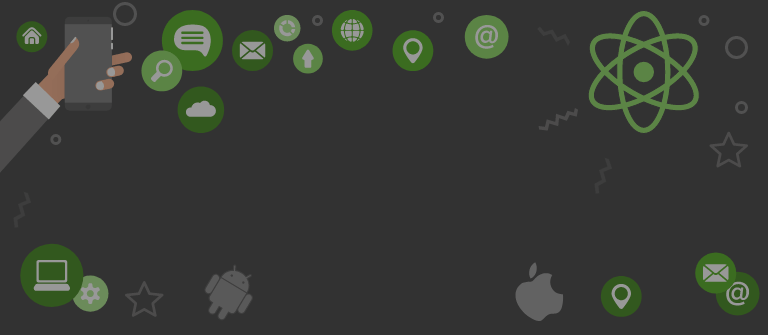
 Unit 1505 124 City Road, London, United Kingdom, EC1V 2NX
Unit 1505 124 City Road, London, United Kingdom, EC1V 2NX

Comments
Leave a comment